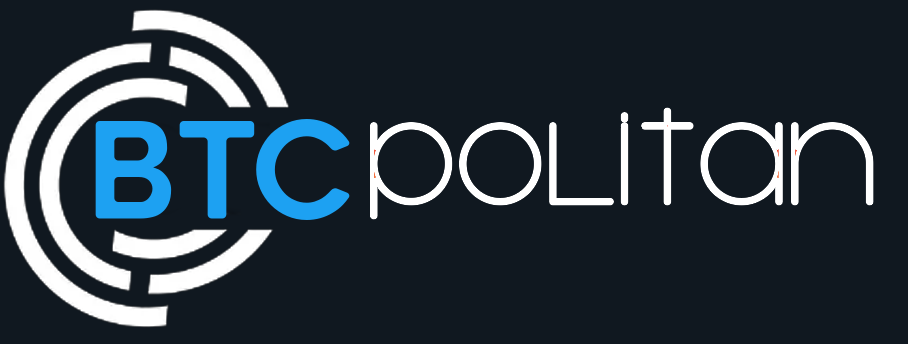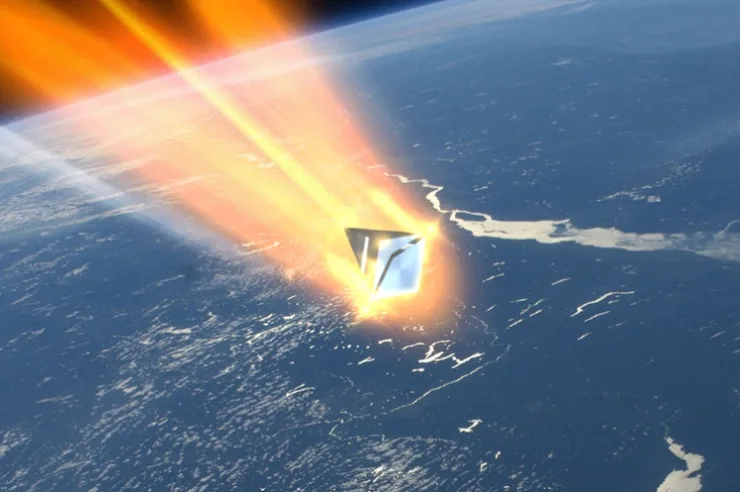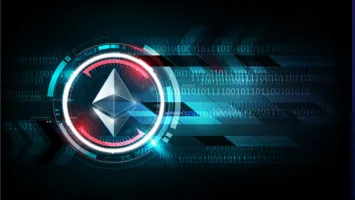The Holešky testnet was launched, introducing a supply of 1.6 billion Ethereum. This launch aimed to enhance accessibility in comparison to the older Goerli network.
Ethereum developers introduced a new testnet called “Holešky” on Sept 15. This testnet serves various purposes such as staking, infrastructure development, and protocol advancement, as described in the developer documentation. However, Sepolia will remain the primary network for application development.
Ethereum developer Tim Beiko recently revealed that upon Holešky’s launch, validators will receive an initial distribution of 1.6 billion Holešky testnet Ether (HETH). This amount is ten times greater than the Ether currently available on the mainnet. Beiko confidently explained that this decision was based on the common practice of devnets utilizing a 10B supply.
Holešky: The Testnet Fueling Ethereum Ambitious Roadmap
Previously, the Goerli testnet played a crucial role in testing new staking mechanisms, infrastructure developments, and protocol advancements. Introduced in 2018, Goerli holds the distinction of being the longest-running Ethereum testnet.
However, concerns arose among protocol developers in Oct regarding the insufficient supply of Goerli ETH to effectively support testing requirements. To address this issue, Holešky’s considerable initial HETH supply is expected to provide a solution and alleviate these concerns.
Since its establishment in 2021, Sepolia has been actively encouraging application developers to transition from Goerli to Sepolia. Protocol developers are the only ones who will continue using the old network until the launch of Holešky.
Furthermore, The team has set a target to completely phase out Goerli by Jan 2024. Following this phase-out, Goerli will undergo maintenance for an additional year before being permanently discontinued, as stated in its documentation.
Holešky holds great potential for extensive utilization, as per the ambitious roadmap outlined by Ethereum developers. Their plans include incorporating proto-danksharding, dank sharding, and other features to reduce fees.
Moreover, they aim to introduce innovations like Verkle trees that will significantly lower the cost of running a node. Before deploying these enhancements on the mainnet, thorough testing will be conducted on a testnet.
Related Reading | US SEC Alleges Binance.US Lack Of Cooperation In Investigation
“The author’s views are for reference only and shall not constitute any investment advice. Please ensure you fully understand and assess the products and associated risks before purchasing.”




Comments (No)